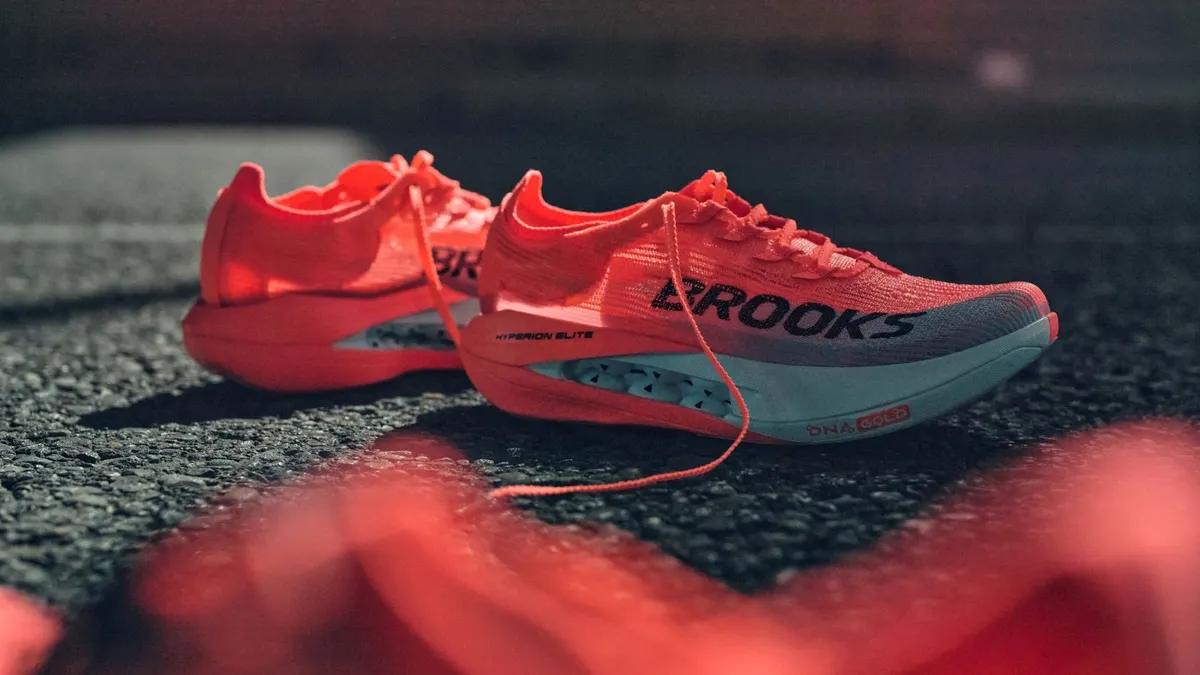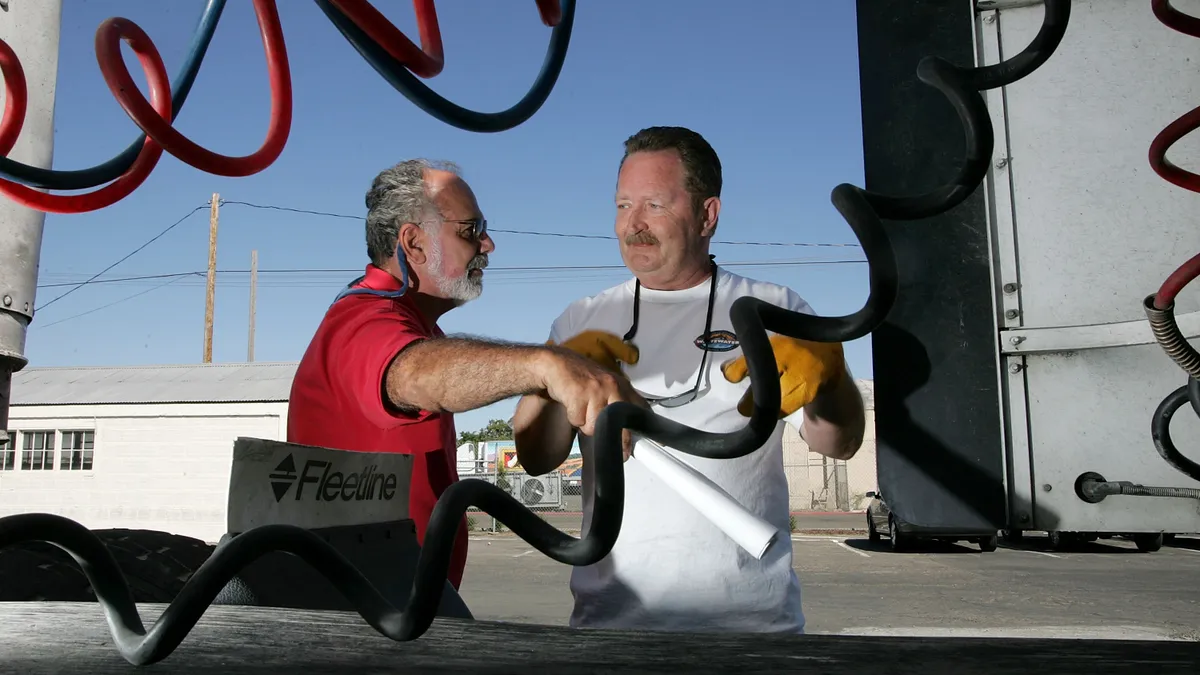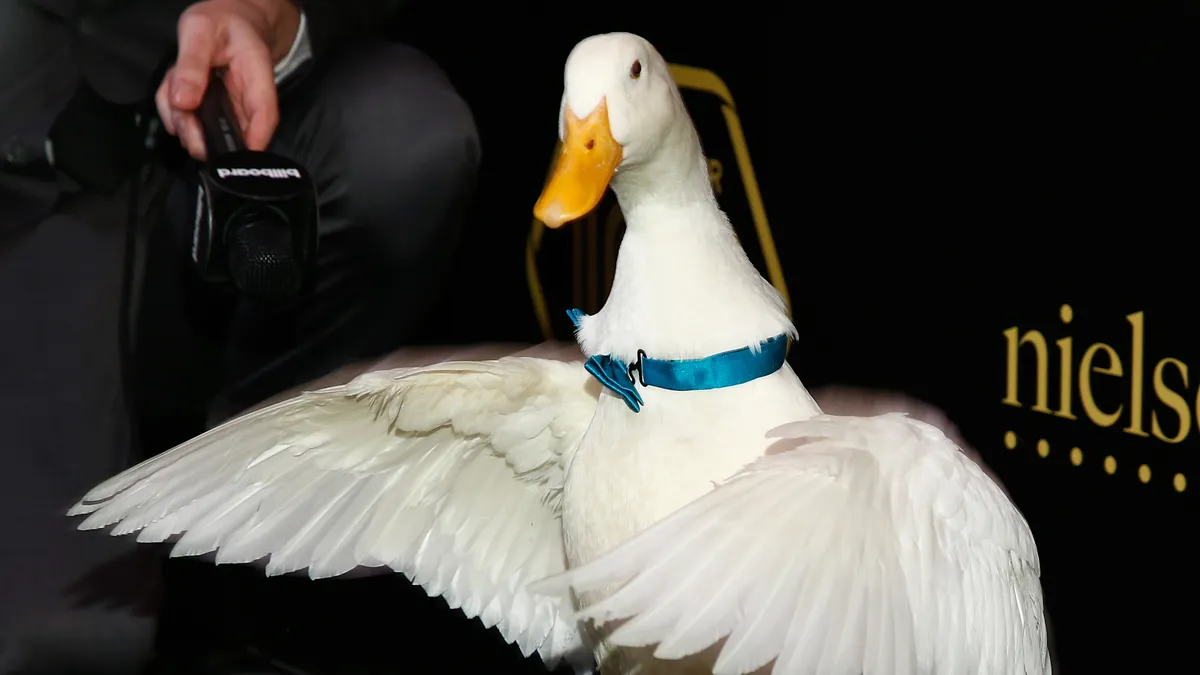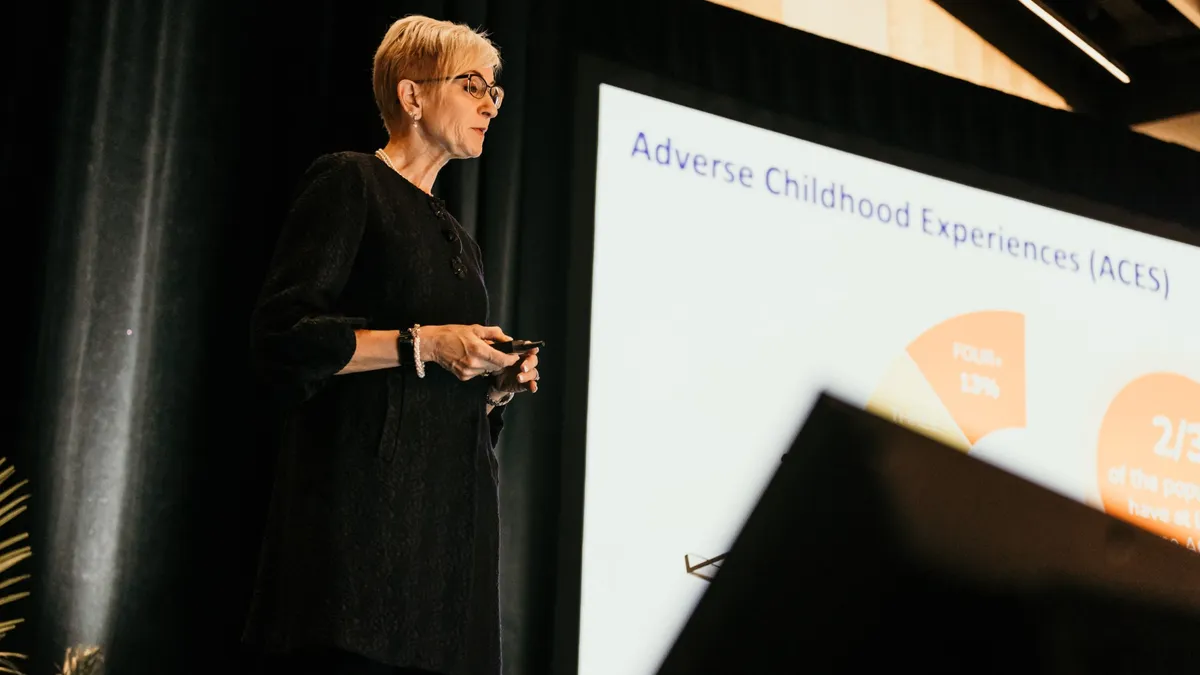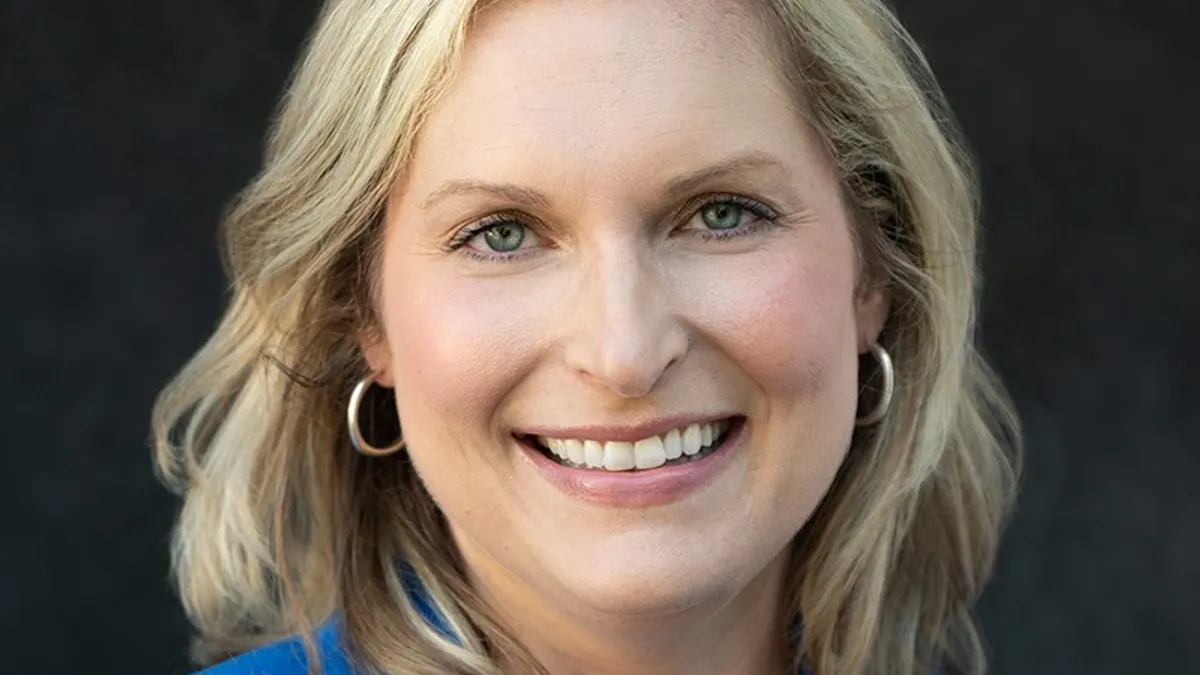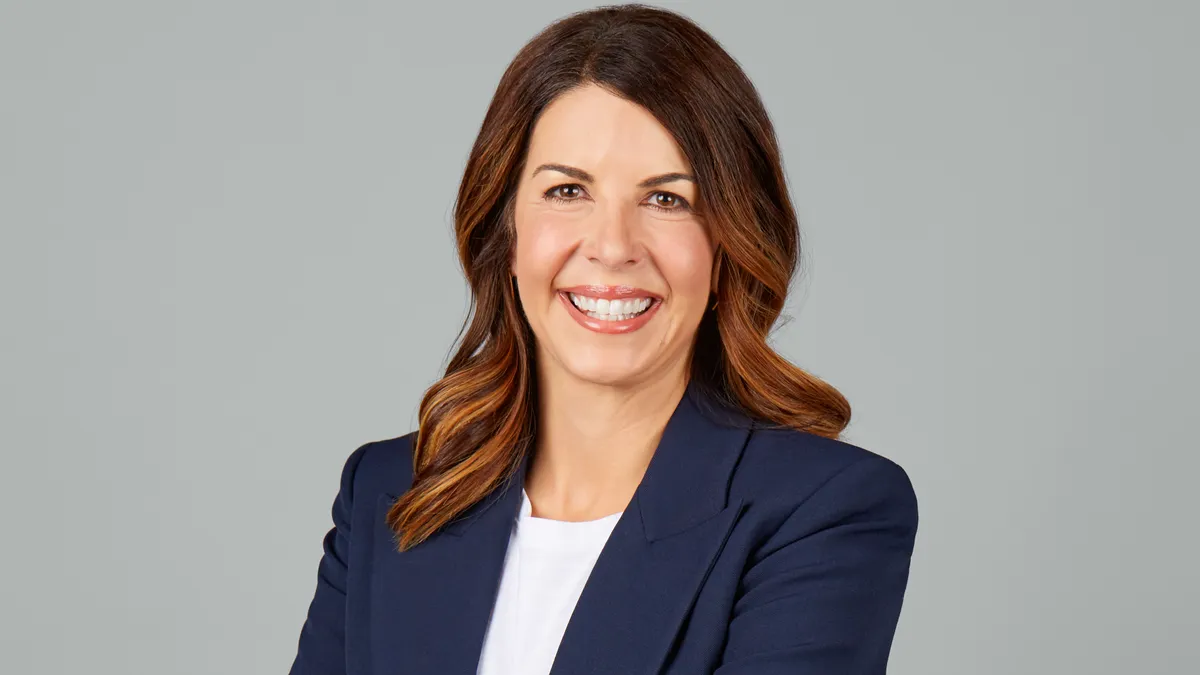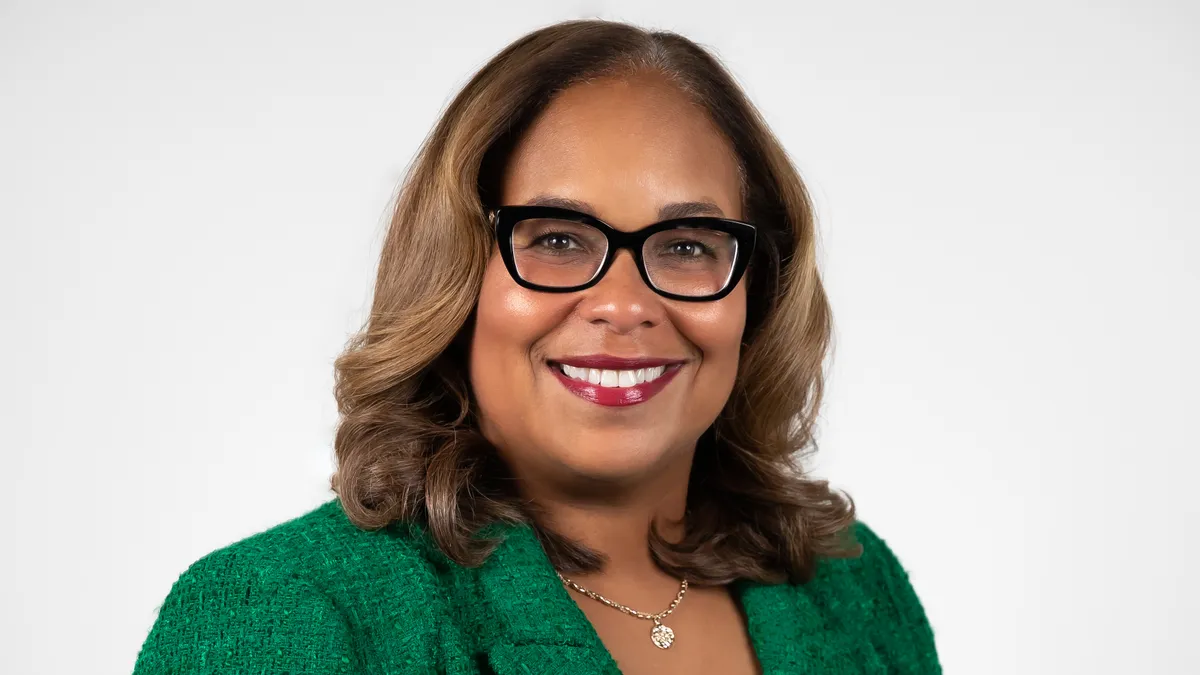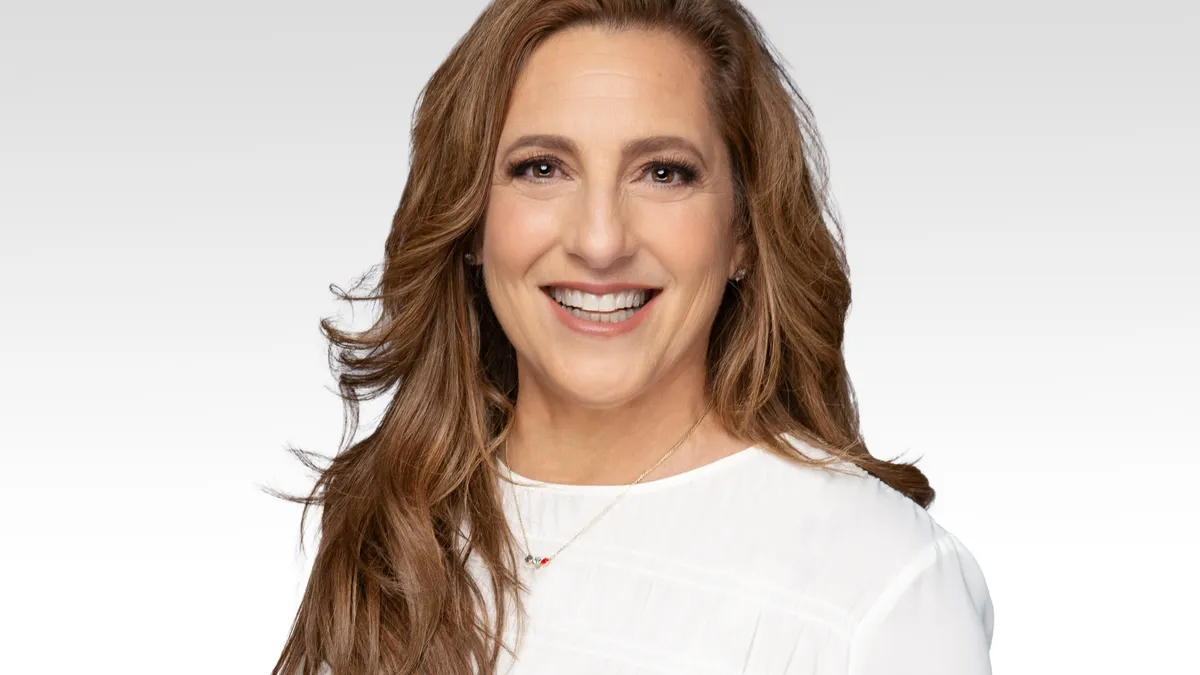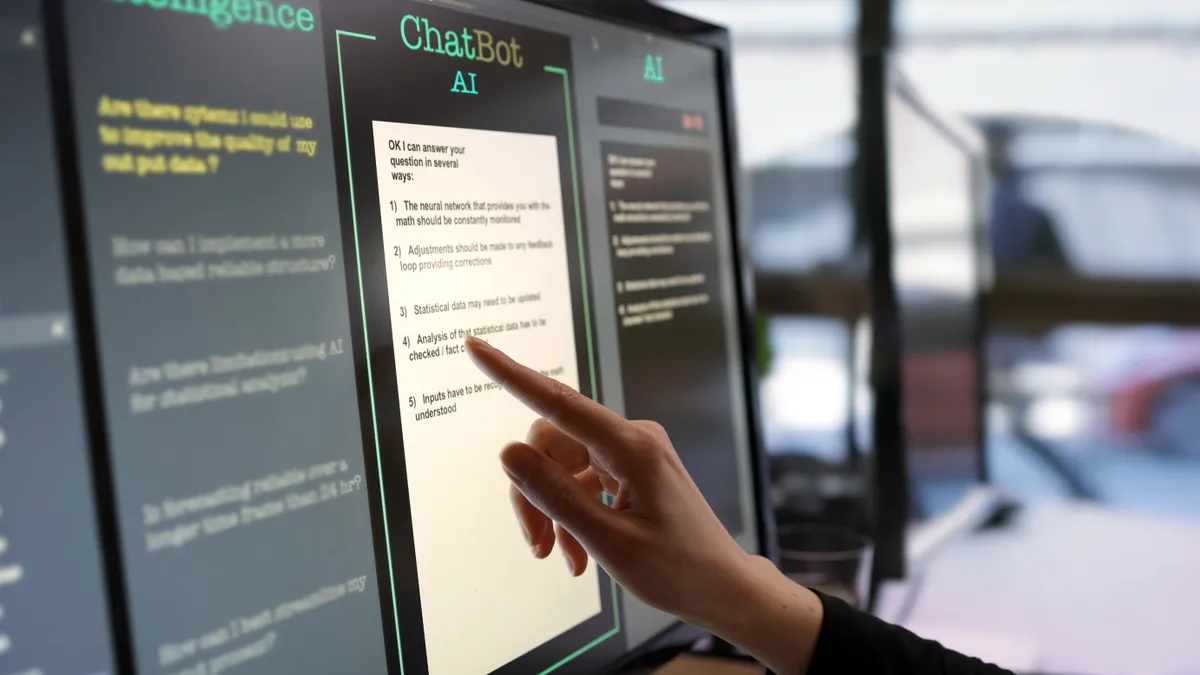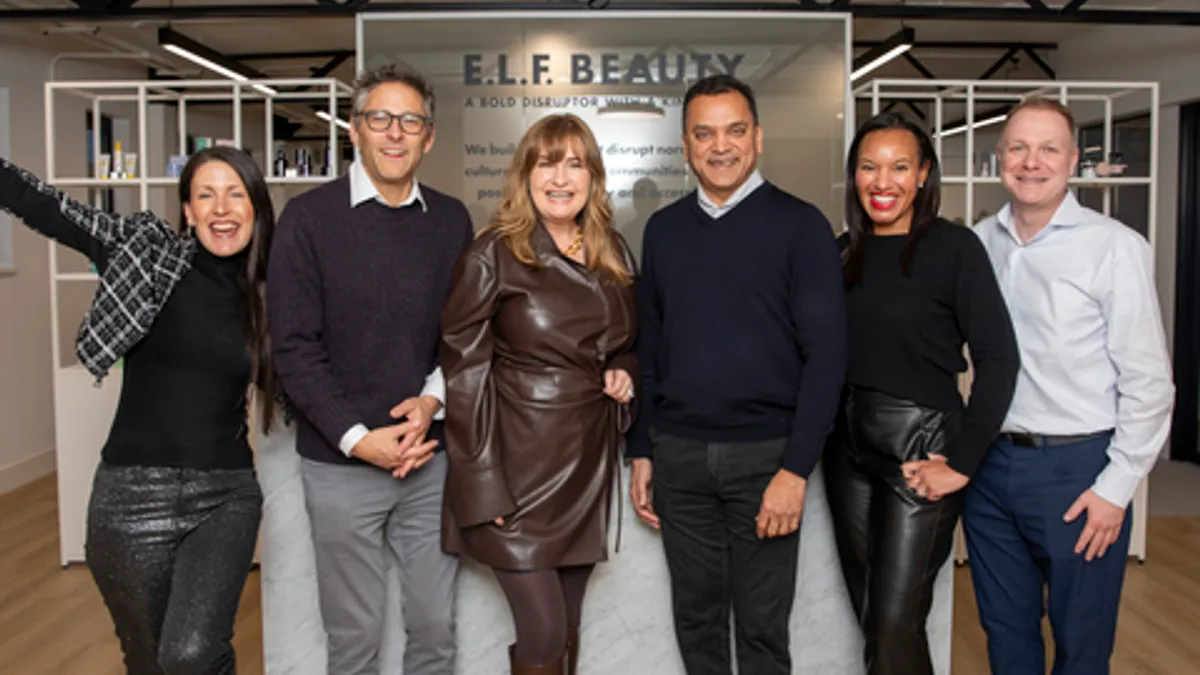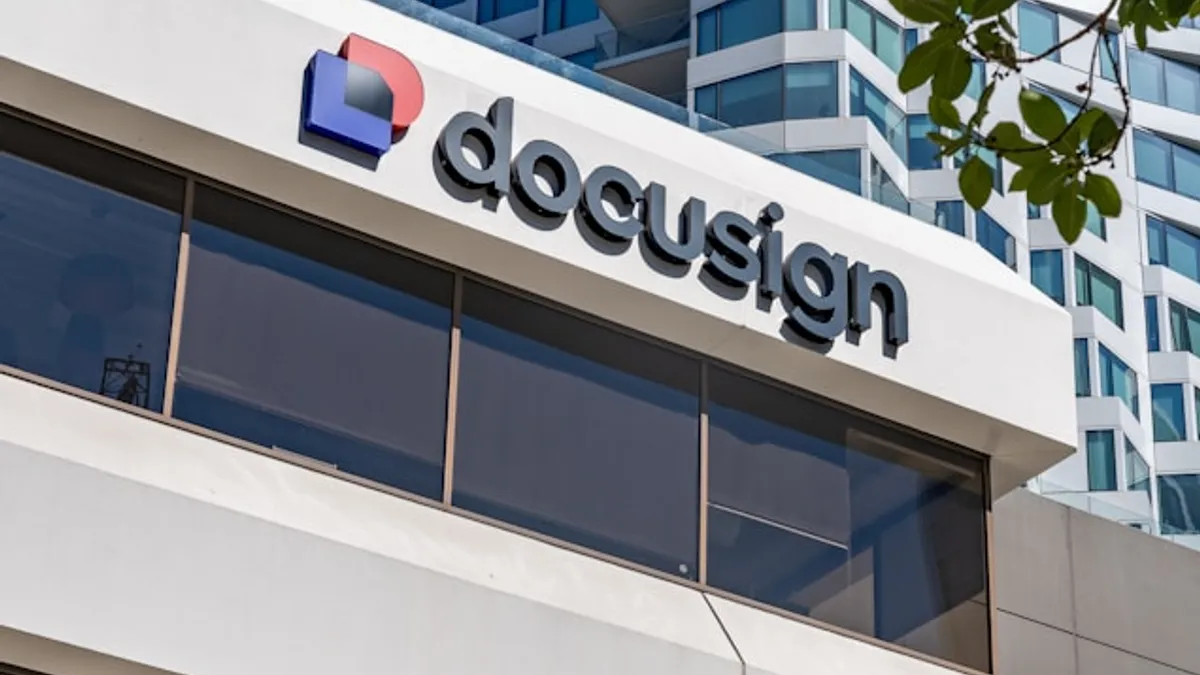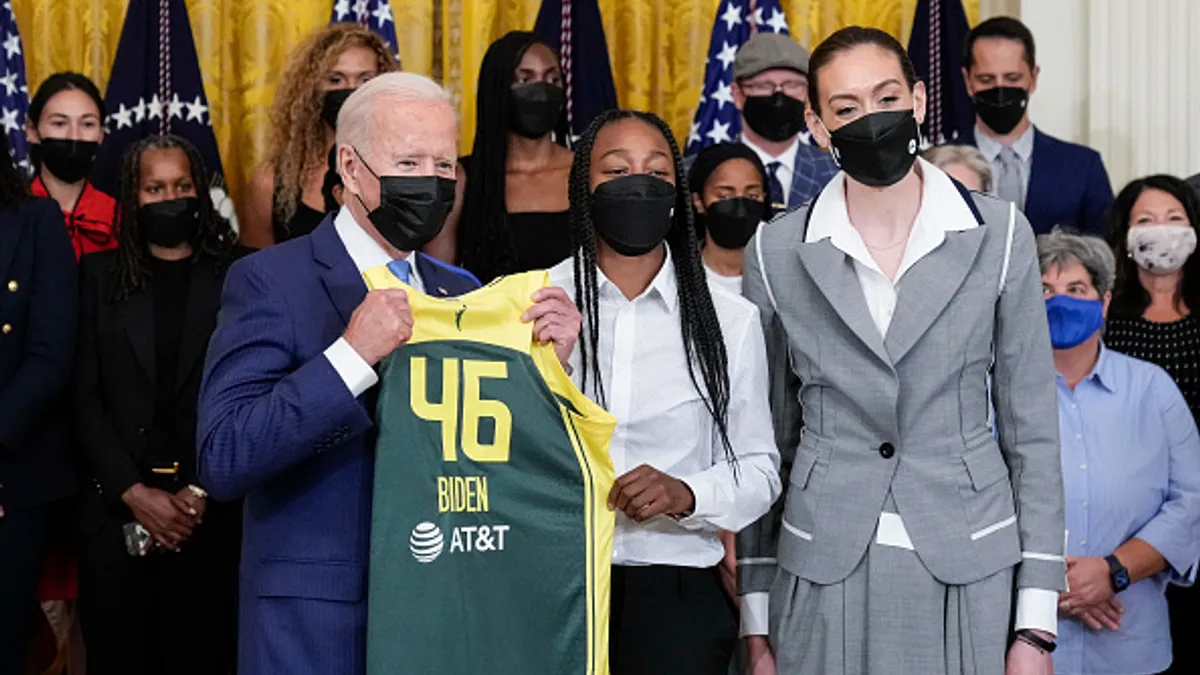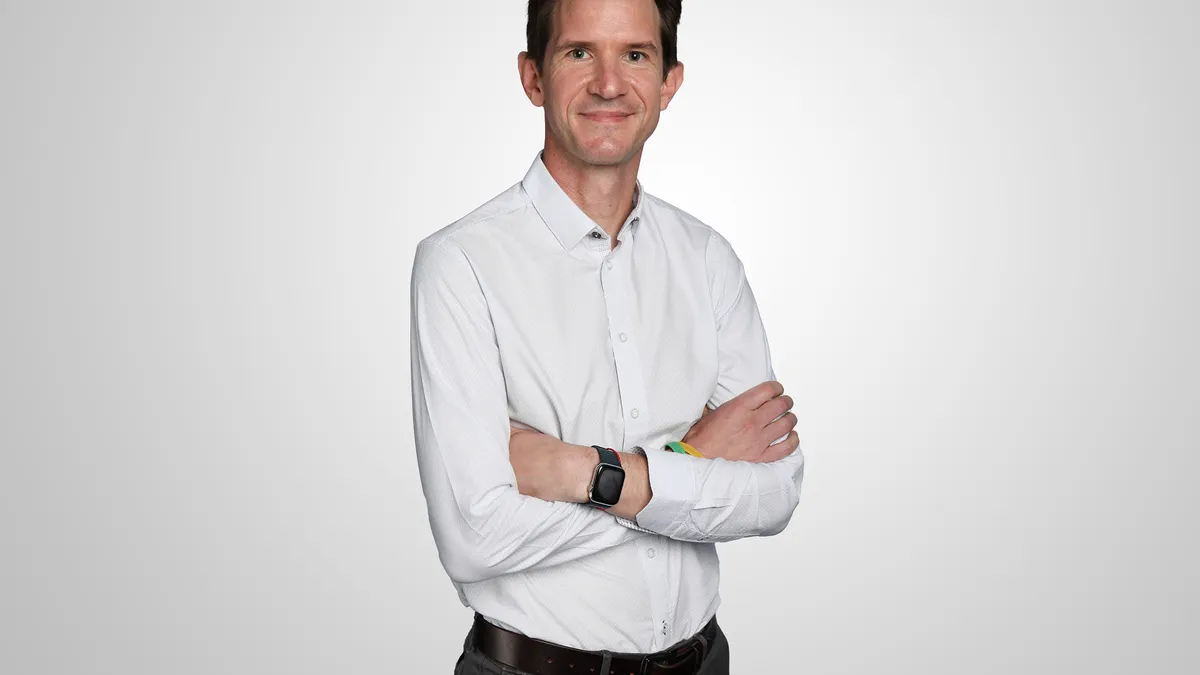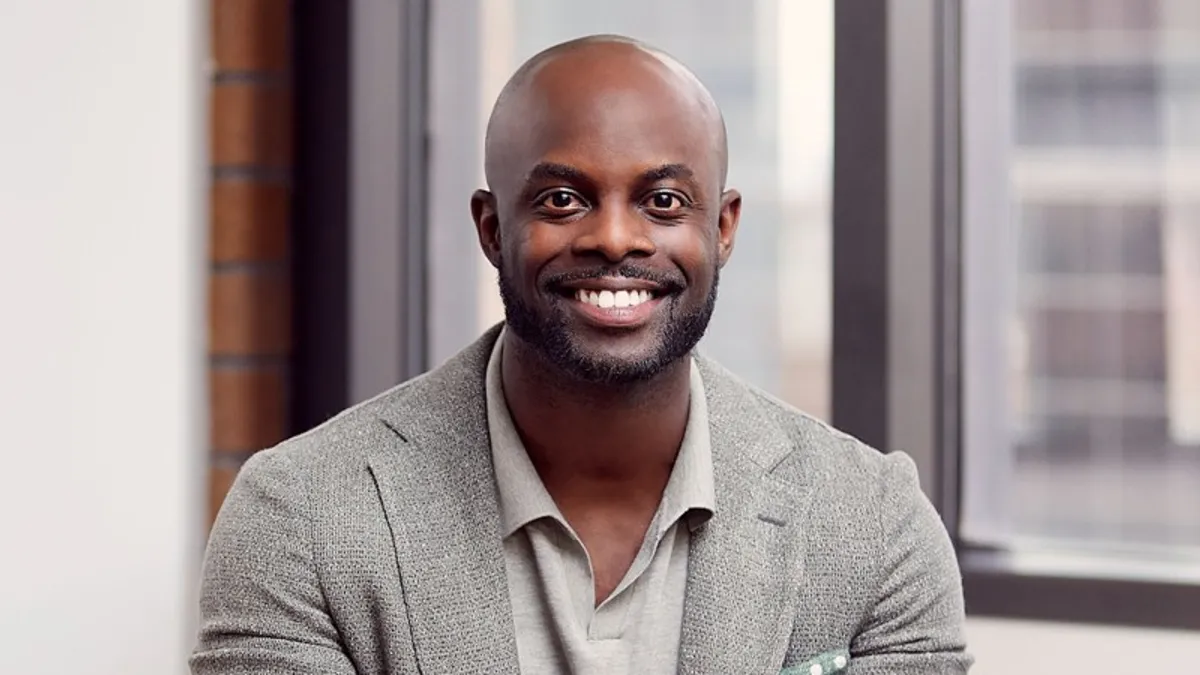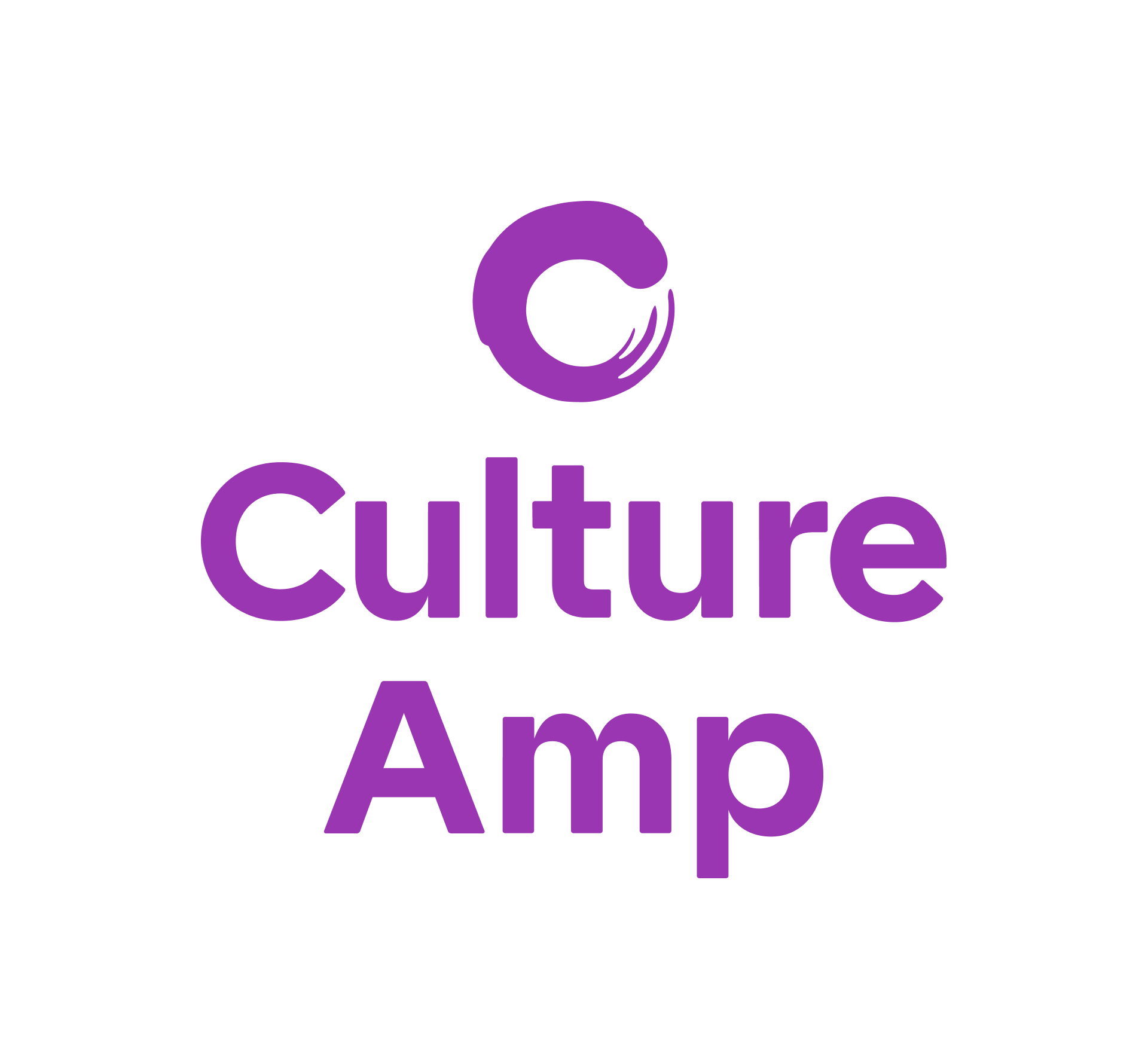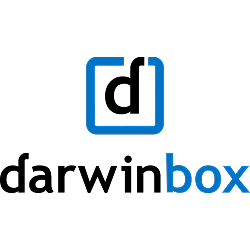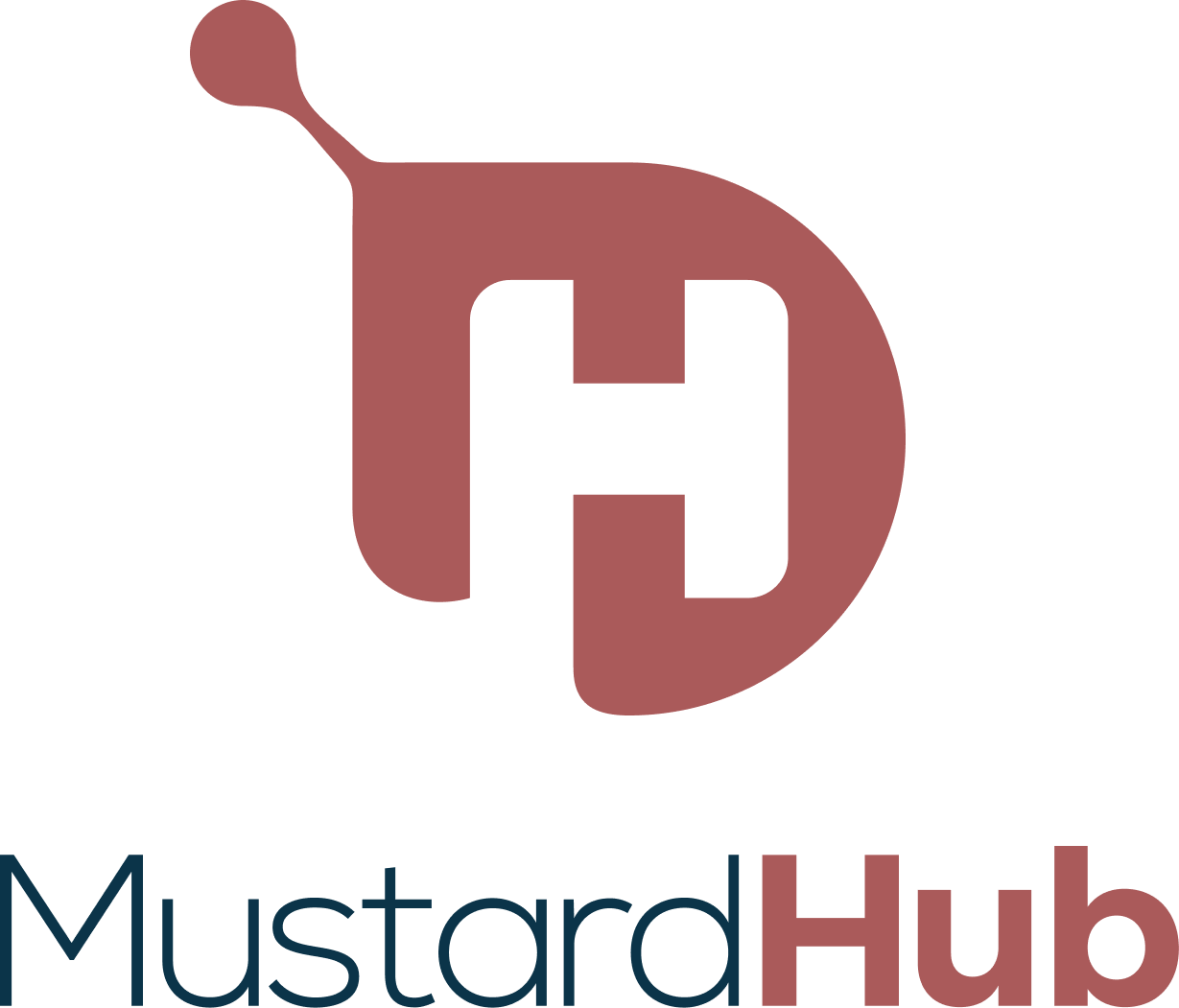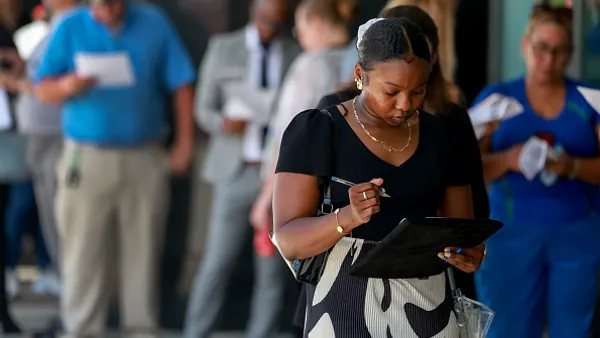Like many HR industry professionals, Katie Carlson didn’t begin her career envisioning she’d be working in human resources.
The senior vice president and CHRO at Brooks Running graduated college with an engineering degree. She then spent her early working years as a recruiter for technology and biotechnology firms. “I discovered that I really like the operational side of HR and compensation and benefits,” Carlson told HR Dive in an interview. “That’s where I grew up a little bit.”
Nearly 13 years later, Carlson leads people operations at one of the most recognized running shoe and apparel brands in the world.
Maintaining culture with a ‘global mindset’
Employee appreciation for the company’s brand can be seen in the results of its annual internal cultural strengths survey, Carlson said, which measures seven cultural categories. She added that the company recorded a 96% participation rate in this year’s edition against a goal of more than 90%.
Brooks uses the results to drive improvements, such as a mandatory leader review that is based on employee feedback, Carlson said. HR business partners work with leaders in each region that the company operates in to review the results and identify where significant improvements occurred and where opportunities remain.
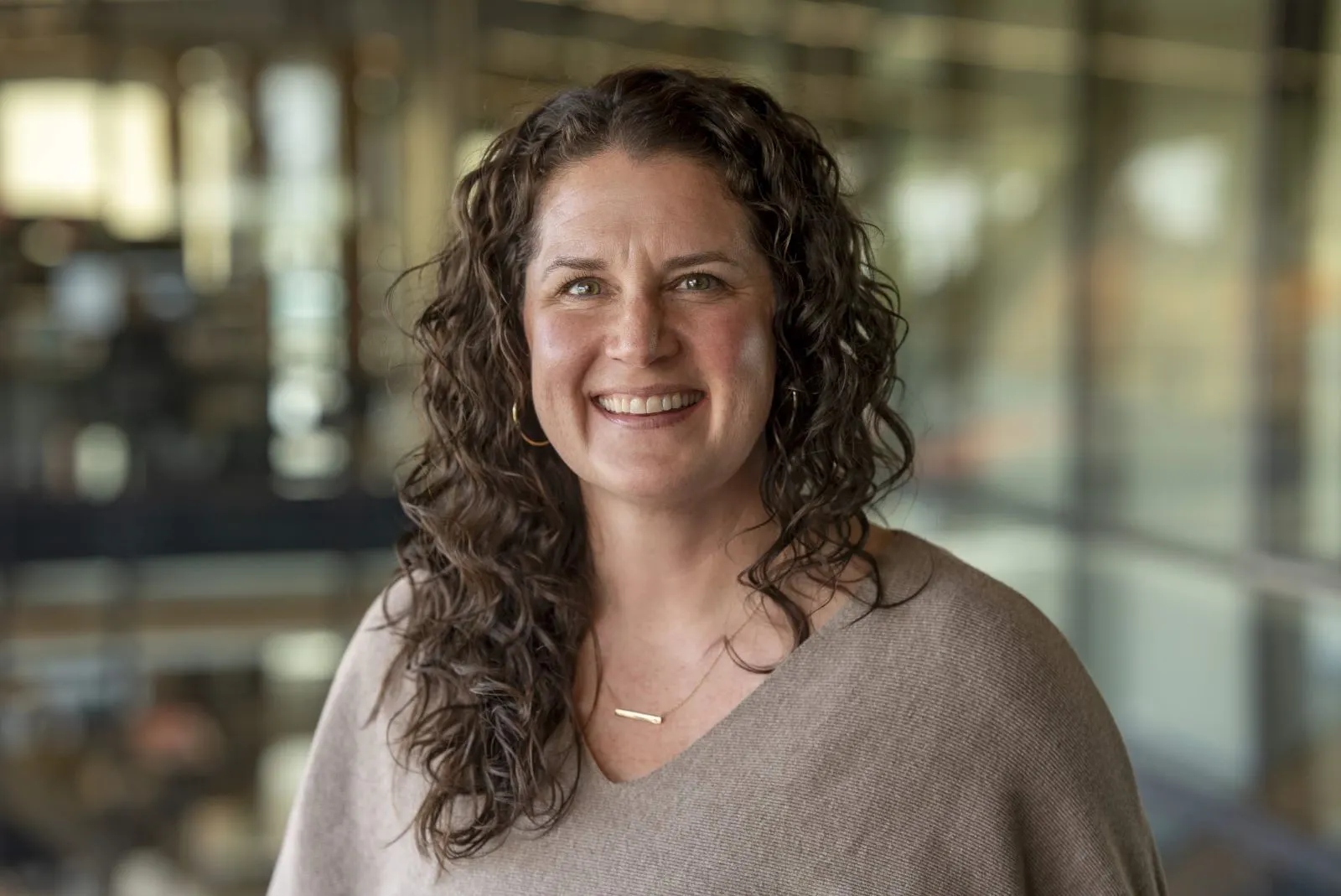
The company intends for the results to be a tool for leaders and teams as well as a conversation-starter rather than a scoring mechanism, Carlson said. Business may ebb and flow during a given year, “but the goal is to have consistency in our cultural strengths,” she added.
That process is part of a global mindset that balances companywide guiding principles with a reliance on local teams, Carlson continued. Brooks turns to local teams to ensure it complies with local laws and does business in a way that appeals to different customers and cultures, even as it maintains consistent core values internationally.
“We’re okay with design differences,” Carlson said. “We empower local leaders to be able to raise their hands and say ‘this doesn’t work,’ or we give them feedback to do something slightly different.”
Embracing recognition
The company’s brand identity extends to its recognition programs. Brooks’ global outposts celebrate employees’ work in slightly different ways, but common themes include teamwork, innovation and “infectious enthusiasm,” Carlson said. Teams at times award titles such as “Rookie of the Year” and “MVP.”
Sometimes, the sports theming is implemented in even more literal ways. Many Brooks teams will bronze one of the company’s shoes as a trophy for honorees, Carlson said. The company’s “Pace Setter” program, implemented within the last four years, is a peer-driven program in which employees can give shoutouts to any co-worker worldwide and earn points to put toward rewards.
“We’ve seen a lot of momentum with this program,” Carlson said. “The points are great, giving people stuff is great, but the shoutouts are especially great.”
On DEI: Keeping a business-oriented focus
The language and energy around diversity, equity and inclusion has significantly changed in recent months, Carlson said, a notion supported by the debate on DEI in and around the HR industry.
But for Brooks, the focus as it pertains to DEI is “what’s best for the business and the communities we serve,” Carlson said. She added that Brooks has tapped into the philosophy that running, the brand’s specialty, is enjoyed by people of diverse backgrounds and diverse beliefs.
“Anyone who wants to run should have that ability, and the people who want to join us in that can,” Carlson said. “If we’re trying to engage people with our brand, we have to be able to speak to a broad range of people.”
Advice for HR: ‘Sometimes you step sideways’
Early-career HR professionals should follow their interests and be open to taking opportunities wherever they may be, even if their career progression isn’t exactly linear, Carlson said. She noted her own experiences working in different aspects of recruiting, compensation and HR systems roles. Other executives who previously spoke to HR Dive have also described wide-ranging career progressions that lead to an HR leadership position.
“People may feel like they need to go here and step up and up, but sometimes you step sideways, or you step over and up to try something new,” Carlson said.



